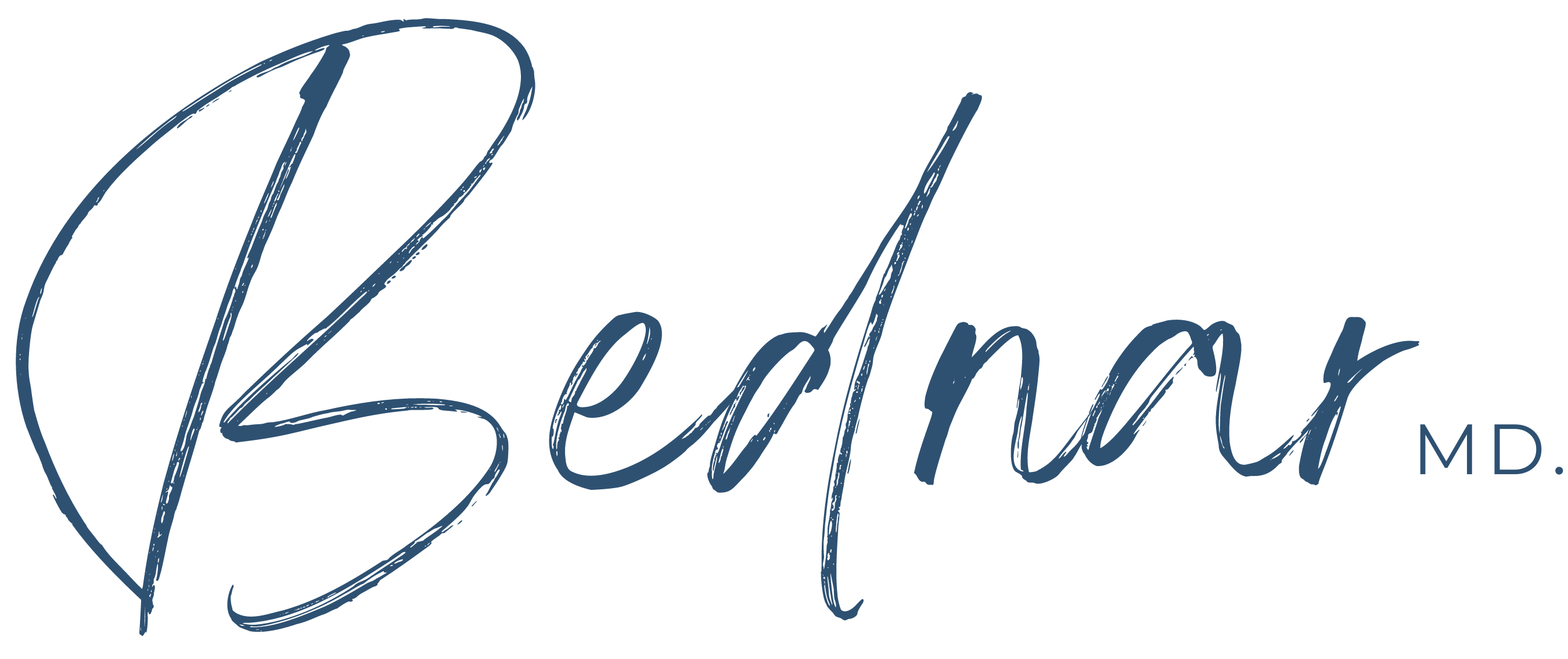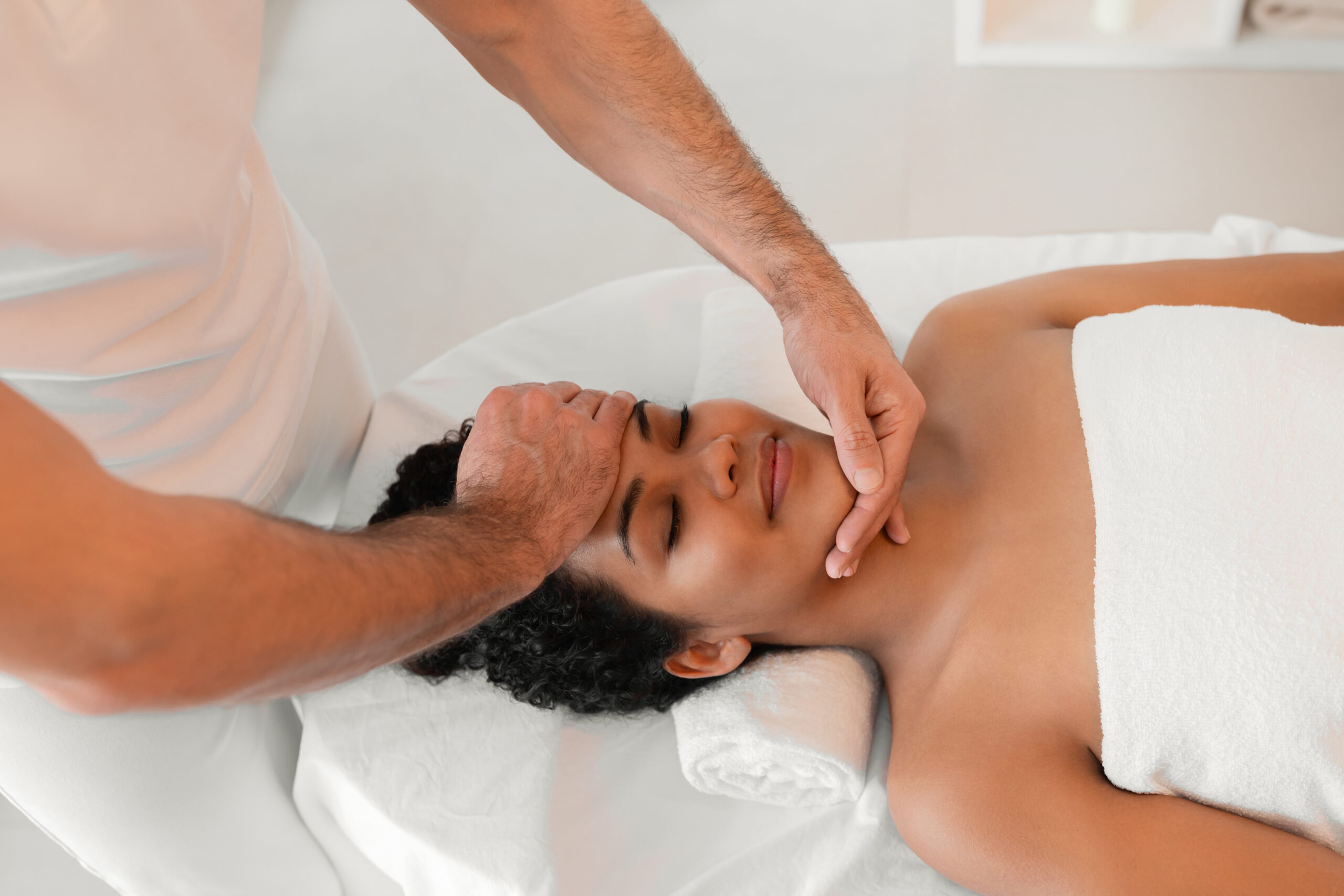Understanding Fat Transfer
Fat transfer is becoming a hot ticket in both reconstructive and aesthetic plastic surgery. It’s a nifty technique that takes fat from one part of your body and moves it to another spot that needs a little extra volume. When you mix fat transfer with other beauty treatments, you can get some pretty stellar results.
Basics of Fat Transfer
Fat transfer, also known as autologous fat transplantation, involves taking fat from one part of your body and injecting it into another area to boost volume and improve shape. This procedure has been gaining fans because it looks natural and can be used in many different ways.
Facial fat grafting is a popular use of this technique. It involves taking unwanted fat from areas like the belly, hips, thighs, or buttocks, cleaning it up, and then injecting it into the face to restore lost volume and smooth out lines and wrinkles.
But it’s not just for the face. Fat grafts are also used in breast augmentation, breast reshaping, nose jobs, and scar treatments, showing just how versatile fat transfer can be (source).
Fat Transfer Procedure Steps
The fat transfer process can be broken down into five main steps: picking the donor site, harvesting the fat, processing the fat, prepping the recipient site, and delivering the fat.
- Donor site selection: This is where the fat will be taken from, usually an area with extra fat like the belly, hips, thighs, or buttocks.
- Graft harvesting: The fat is collected from the donor site using a method similar to liposuction.
- Graft processing: The harvested fat is then cleaned and prepared for transfer.
- Recipient site preparation: The area that will receive the fat is prepped. The amount of fat needed is often estimated using the palm-and-pinch technique.
- Graft delivery: The processed fat is carefully injected into the recipient site.
The amount of fat harvested can vary, from small amounts for facial rejuvenation to larger amounts for breast and body contouring, or even mega volumes for procedures like butt lifts and breast reconstruction.
Understanding the fat transfer process and its steps makes it clear why combining this technique with other beauty treatments can give you the best results, helping you reach your aesthetic goals. The natural and lasting results from fat transfer, combined with a skilled surgeon’s expertise, can lead to an amazing transformation.
Benefits of Fat Transfer
Fat transfer is a popular choice in beauty treatments for a reason. Let’s talk about the natural results you can get with fat grafting and the perks of combining fat transfer with other treatments.
Natural Results with Fat Grafting
One of the biggest perks of fat transfer is the natural, organic results. Unlike synthetic fillers and implants, fat transfer uses your own fat cells, reducing risks associated with foreign materials and offering a more natural alternative.
In this procedure, unwanted fat from one part of your body is taken—usually from the belly, hips, thighs, or buttocks—cleaned up, and then injected into the desired areas, like the face, to restore lost volume and smooth out lines and wrinkles. The results look natural and are perfect for those wanting a subtle enhancement.
Combining Fat Transfer with Other Treatments
While fat transfer can work wonders on its own, combining it with other treatments can boost its benefits. For example, combining surgical and nonsurgical treatments with facial fat grafting is a great way to tackle multiple issues related to facial aging. Procedures like a facelift combined with fat transfer offer a comprehensive solution for those looking to rejuvenate their appearance.
Dr. Bednar evaluates each patient’s concerns, goals, and options to create a personalized treatment plan. Multiple surgical and nonsurgical cosmetic treatments can be done alongside facial fat transfer for a more youthful look. This approach gives patients a complete solution to facial rejuvenation, meeting their beauty goals with natural results.
Fat grafts are also used in breast augmentation, breast reshaping, nose jobs, hand rejuvenation, and scar treatment. Its versatility makes it a popular choice for both reconstructive and aesthetic plastic surgery (Source).
In short, the benefits of fat transfer are many—from providing natural results to the flexibility of combining it with other beauty treatments. This makes it a highly sought-after procedure for those looking for the best results in their beauty journey.
Risks and Complications of Fat Transfer
While combining fat transfer with other beauty treatments can give great results, it’s important to know the potential risks and complications that can come with these procedures.
Understanding Potential Risks
Facial lipofilling, a type of fat transfer, is generally safe and has a low complication rate. However, serious complications can happen, especially in the forehead and temple areas (NCBI).
A study reported 58 complications in 38 patients who had facial lipofilling for beauty purposes. Out of those, 32 were severe or permanent, including hemiplegia, loss of vision, and skin death. Most of these complications happened after injections to the forehead and temple areas, with 53% of all severe complications occurring in the temple region (NCBI).
The overall complication rate of facial fat grafting is thought to be around 2%, but the real rate is unknown due to a lack of reporting and agreement on side effect definitions (NCBI).
Severe complications of facial fat grafting, like intravascular injection or migration, can need neurological or neurosurgical treatment and may lead to permanent disability or death.
Dealing with Complications
If complications happen, quick and proper medical attention is crucial. Severe complications may need neurological or neurosurgical intervention. In cases of skin death or intravascular injection, immediate medical attention is necessary.
The best way to reduce risks is to choose a skilled and experienced surgeon who knows the ins and outs of fat transfer procedures. An experienced surgeon can spot potential issues and adjust the procedure to minimize risks.
Patients should also follow post-procedure care instructions carefully to help with recovery and reduce the risk of complications. This includes taking prescribed medications, avoiding strenuous activities, and attending all follow-up appointments.
In short, while fat transfer procedures can give excellent beauty results, it’s important to understand the potential risks and complications. With a skilled surgeon and proper post-procedure care, you can enjoy the benefits of fat transfer while keeping risks low.
Importance of Choosing a Skilled Surgeon
When thinking about fat transfer and other beauty treatments, the surgeon’s role is super important. The surgeon’s experience and skills are key to successful outcomes, especially when combining fat transfer with other treatments for the best results.
The Role of Surgeon’s Experience
Fat transfer surgery is safe, but it needs a high level of skill. So, it’s crucial to work with a plastic surgeon who has lots of experience doing fat transfer procedures (Cleveland Clinic).
Facial lipofilling, in particular, has a low complication rate, but serious complications can happen, especially in the forehead and temple areas. This highlights the importance of working with an experienced surgeon who can choose the right technique for facial augmentation on a case-by-case basis, considering all individual factors and risks.
An experienced surgeon can also evaluate your concerns, goals, and options to create a personalized treatment plan. This can involve combining fat transfer with other surgical and nonsurgical beauty treatments for a more complete solution for facial rejuvenation.
Recovery and Post-Procedure Care
After a fat transfer procedure, how you handle your recovery and post-op care can greatly affect the longevity and quality of your results. It’s important to know what to expect during recovery and how to care for yourself post-procedure to ensure the best healing and results.
What to Expect during Recovery
The recovery time after a fat transfer surgery can vary, depending on the extent of the procedure and whether it was combined with other treatments. Typically, if you’ve had a facial fat transfer alone, you can expect about 7-10 days of downtime with full recovery within 1-2 weeks. However, if the procedure is combined with others, like a facelift, recovery might take several weeks.
During recovery, it’s normal to have some swelling, bruising, and discomfort in the treated areas. This can be managed with pain medication and cold compresses. It’s important to remember that most residual swelling will fade and the fat grafts will settle by the sixth month post-surgery.
As for going back to work, patients usually need 2 weeks off. Those who can work from home may feel comfortable resuming their duties after the first week.
Tips for Post-Procedure Care
Post-procedure care is crucial to ensuring the best healing and minimizing complications. It’s essential to strictly follow the post-op instructions provided by your surgeon.
One key tip to maintain the results of a fat transfer is to keep a stable weight. Big weight changes can mess with the outcome of the surgery, as they can affect the volume of the fat transfer. It’s best to reach your ideal weight before getting a fat transfer procedure and maintain that weight post-surgery.
Your surgeon will guide you on when you can start physical activities again, but it’s generally advised to avoid strenuous exercise until your doctor gives you the green light. It’s also important to keep the treated areas clean and moisturized as per your surgeon’s instructions.
Finally, remember that the results of your fat transfer procedure won’t be immediately visible due to swelling. Be patient, as your final outcome will gradually show itself over the months following the procedure. Your surgeon will schedule a follow-up appointment between 6-8 months post-surgery to check the final result.
With the right recovery and post-procedure care, combining fat transfer with other beauty treatments can give impressive, natural-looking results, helping you reach your beauty goals.
Realizing the Potential of Fat Transfer
Fat transfer, also known as autologous fat transplantation, is a game-changer in beauty treatments. It involves using your body’s own fat to add volume and create a more youthful look, offering a natural alternative to synthetic fillers and implants. When combined with other beauty treatments, the procedure can give amazing results.
Areas Benefitted from Fat Transfer
Fat transfer can be used on various parts of the body, with each application aiming to enhance your natural beauty. Some of the most common areas that can benefit from fat transfer include:
- Face: Facial fat grafting involves taking unwanted fat from one area of the body and injecting it into the face to restore lost volume and smooth out lines and wrinkles. This procedure can create a more youthful and refreshed look.
- Breasts: Fat grafts are often used in primary breast augmentation and breast reshaping, offering a natural alternative to implants. The procedure can enhance the size and shape of the breasts, improving body proportion and boosting self-confidence (Source).
- Hands: Fat transfer can be used for hand rejuvenation, restoring volume to the back of the hands and reducing the appearance of visible tendons and veins. This can create a more youthful and refined look (Source).
- Scars: Fat grafting can be used to treat scars, filling in depressions and improving the texture of the skin. This can significantly improve the appearance of scars and boost self-esteem (Source).
It’s important to note that the outcome of a fat transfer procedure depends a lot on the skill and experience of the surgeon. So, it’s crucial to choose a surgeon with a proven track record in performing fat transfer procedures to ensure the best possible results.
Achieving Desired Aesthetic Goals
Combining fat transfer with other beauty treatments can help you reach your beauty goals. By using your body’s own fat cells, we can enhance your natural beauty in a way that matches your vision.
The benefits of combining fat transfer with other treatments are many. For example, when used with a facelift, fat transfer can provide more complete rejuvenation results. Similarly, when used alongside breast augmentation, it can create a more natural and harmonious result.
At Bednar M.D., we believe in a holistic approach to beauty treatments. Our team is skilled in a range of procedures and can tailor a treatment plan to suit your individual needs. By combining fat transfer with other treatments, we can help you reach your beauty goals and achieve an amazing transformation.












